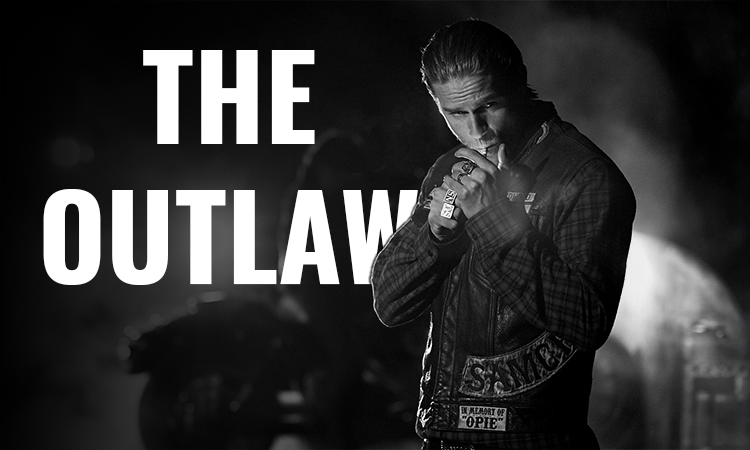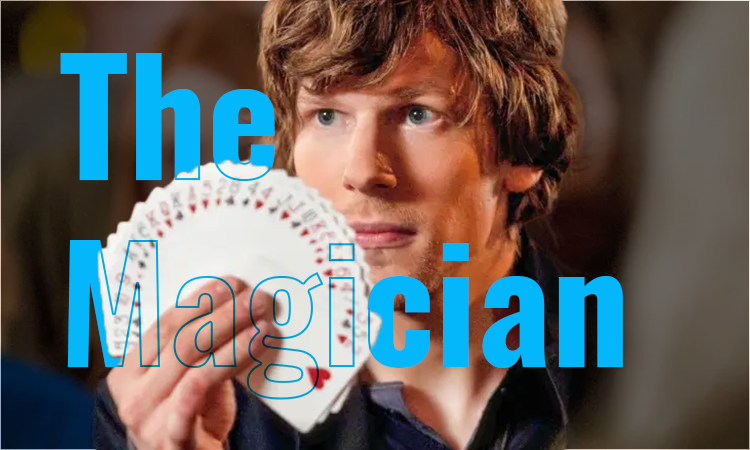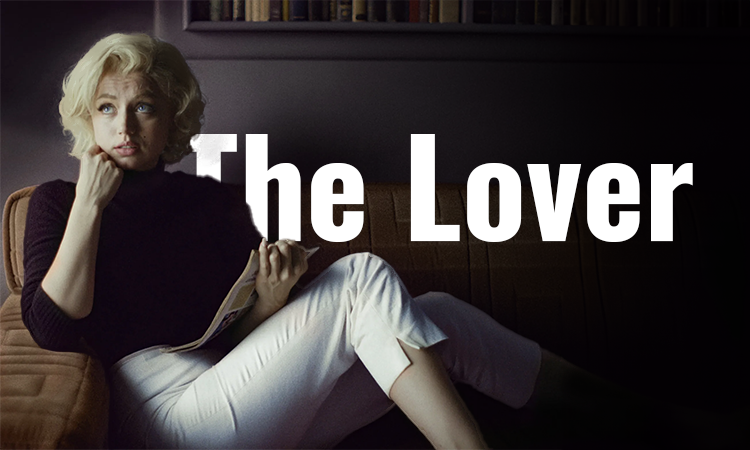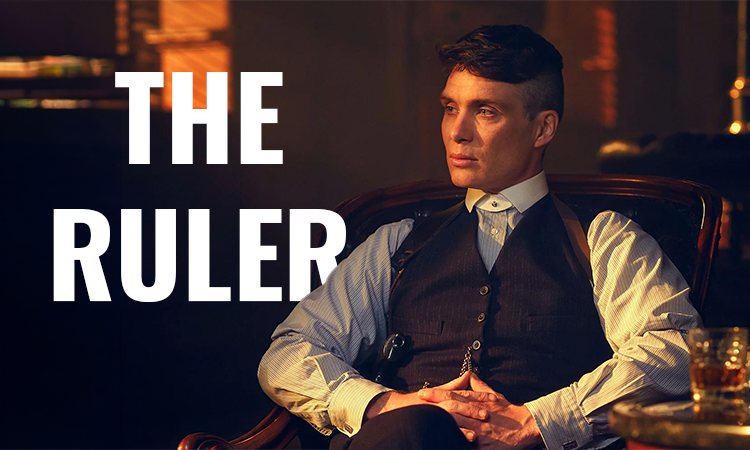Hey! Wherever you are right now I hope you are having a great day.
Today, I want to share with you something really cool called brand archetypes. Now, you might be wondering, what the heck are brand archetypes? And why should I care?
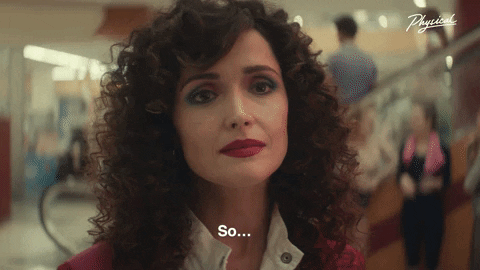
Imagine if brands were like characters in your favorite movies.
Some brands are heroes, while others are wise teachers ( like Gandalf ). Understanding these archetypes helps us create brands that deeply connect with people. By the end of this, you’ll understand the different types of brand archetypes. You’ll also learn how to use them to make your brand amazing.
Let’s explore brand archetypes and see how they can make a brand really stand out!
What Are Brand Archetypes?
So, what exactly are brand archetypes?
Think of them as characters in a story. Just like in your favorite movies or books, these characters have unique traits. They also play specific roles.
Brand archetypes are similar. They represent different types of personalities and values that brands can have.
This idea comes from a famous psychologist named Carl Jung. He believed archetypes are instinctively known to us. Using archetypes helps brands tell stories that people easily understand.
The 12 Core Brand Archetypes
There are 12 core brand archetypes. Each one has its own unique characteristics and examples of brands that fit them.
1. The Innocent

Core Values: trust, simplicity, and happiness.
Messaging: “We make life simple and joyful.”
Desires: To experience happiness and safety; to live a carefree life.
Fears: Being punished or criticized; losing innocence.
Visual Identity: Clean, simple designs with bright and soft colors. Often uses imagery of nature and purity.
Target Audience: Families, young adults, and anyone seeking simplicity and joy.
2. The Explorer

Core Values: Freedom, adventure, and discovery.
Messaging: “Find new horizons and explore the unknown.”
Desires: To discover new experiences and have a sense of adventure.
Fears: Being trapped or restricted; losing the sense of freedom.
Visual Identity: Bold, rugged designs with earthy tones and imagery of nature.
Target Audience: Adventurous individuals, outdoor enthusiasts, and those seeking freedom.
3. The Sage

Core Values: Knowledge, wisdom, and truth.
Messaging: “Discover the truth and gain wisdom.”
Desires: To gain and share knowledge; to understand the world.
Fears: Ignorance or misinformation; being deceived.
Visual Identity: Clean, classic designs with calm and intellectual colors. Often uses imagery of books, knowledge, and clarity.
Target Audience: Intellectuals, learners, and seekers of truth.
Example of Brands: Google, TED, The New York Times.
4. The Hero

Core Values: Courage, strength, and achievement.
Messaging: “Overcome challenges and achieve greatness.”
Desires: To prove worth and achieve great things; to overcome obstacles.
Fears: Weakness, failure, or defeat.
Visual Identity: Strong, bold designs with powerful colors like red and gold. Imagery often includes action and strength.
Target Audience: Ambitious individuals, athletes, and those striving for success.
Example of Brands: Nike, Red Bull. GoPro
5. The Outlaw

Core Values: Rebellion, change, and revolution.
Messaging: “Break the rules and change the world.”
Desires: To challenge the status quo; to be different and make an impact.
Fears: Conformity; losing individuality.
Visual Identity: Edgy, unconventional designs with dark or vibrant colors. Imagery includes rebellion and breaking barriers.
Target Audience: Rebels, innovators, and those who challenge norms.
Example of Brands: Harley-Davidson, Diesel.
6. The Magician

Core Values: Transformation, mystery, and imagination.
Messaging: “Transform your world and experience the magic.”
Desires: To create something extraordinary; to make dreams come true.
Fears: Failure to create change; being ordinary.
Visual Identity: Mystical, imaginative designs with rich, vibrant colors. Imagery includes magic, transformation, and wonder.
Target Audience: Creative individuals, dreamers, and those seeking transformation.
Example of Brands: Disney, Dyson.
7. The Regular Guy

Core Values: Belonging, honesty, and simplicity.
Messaging: “Everyone is welcome here.”
Desires: To fit in and be accepted; to have practical solutions.
Fears: Isolation or being out of touch; pretentiousness.
Visual Identity: Simple, approachable designs with everyday colors. Imagery focuses on community and real-life situations.
Target Audience: Everyday people seeking practical and relatable solutions.
Example of Brands: IKEA, Target.
8. The Lover

Core Values: Passion, beauty, and intimacy.
Messaging: “Experience passion and elegance.”
Desires: To be desired and to experience deep connections.
Fears: Rejection or unworthiness; lack of intimacy.
Visual Identity: Elegant, sensual designs with rich, romantic colors. Imagery often includes romance, beauty, and luxury.
Target Audience: Individuals seeking romance, luxury, and emotional connection.
Example of Brands: Victoria’s Secret, Chanel.
9. The Jester

Core Values: Fun, humor, and joy.
Messaging: “Life is too short to be serious, enjoy the fun!”
Desires: To bring joy and laughter; to lighten up life.
Fears: Boredom; being taken too seriously.
Visual Identity: Bright, playful designs with lively colors. Imagery often includes humor, fun, and light-heartedness.
Target Audience: People looking for entertainment, joy, and humor.
Example of Brands: M&M’s, Old Spice, Aviation Gin.
10. The Caregiver

Core Values: Compassion, generosity, and nurturing.
Messaging: “We care for you and your loved ones.”
Desires: To help and protect others; to make a positive difference.
Fears: Harm coming to those they care for; being unable to help.
Visual Identity: Warm, nurturing designs with soft, comforting colors. Imagery includes caring actions and support.
Target Audience: Families, caregivers, and those seeking support and care.
Example of Brands: Johnson & Johnson, TOMS. Unicef
11. The Ruler

Core Values: Control, order, and leadership.
Messaging: “Lead with confidence and authority.”
Desires: To control and organize; to lead and make an impact.
Fears: Chaos; loss of control or authority.
Visual Identity: Powerful, sophisticated designs with strong, authoritative colors. Imagery includes leadership and structure.
Target Audience: Leaders, professionals, and those seeking order and stability.
Example of Brands: Mercedes-Benz, Rolex, Louis Vuitton
12. The Creator

Core Values: Innovation, creativity, and originality.
Messaging: “Unleash your creativity and build something new.”
Desires: To create and innovate; to express oneself uniquely.
Fears: Mediocrity; lack of originality.
Visual Identity: Innovative, artistic designs with vibrant and varied colors. Imagery includes creativity and invention.
Target Audience: Artists, innovators, and those looking to express their creativity.
Example of Brands: LEGO, Adobe, Apple.
How to Identify Your Brand’s Archetype
Now that you know the archetypes, how do you find out which one fits your brand? Here are some steps:
Look at Your Brand’s Mission and Values: What is your brand all about? What do you stand for?
Understand Your Audience: Who are your customers? What do they care about and value?
Think About Your Brand’s Personality: If your brand were a person, what kind of person would it be?
Quizzes and brainstorming sessions can help you find your brand’s personality. They are one of the most commonly used tools for discovery. Let me know if you need help with this.
Implementing Archetypes in Your Brand Strategy
Once you’ve identified your archetype, it’s time to use it in your brand strategy. Here’s how:
Messaging: Use your archetype to guide your brand’s voice and tone. For example, if you’re the Jester, keep your messages fun and playful.
Visuals: Design your logo, website, and other visuals to reflect your archetype. If you’re the Lover, use romantic colors and images.
Content: Create content that matches your archetype. If you’re the Sage, share informative articles and videos.
Benefits of Using Brand Archetypes
Using brand archetypes has some awesome benefits:
Emotional Connection: People connect more with your brand because it feels familiar. It also feels relatable, which strengthens the connection.
Consistency: Your messaging and visuals will match. This makes your brand easier to recognize.
Differentiation: In a crowded market, having a clear archetype helps you stand out.
Common Mistakes to Avoid
Here are some mistakes to watch out for:
Misalignment: Make sure your archetype matches your audience. A rebel brand won’t appeal to The Kelly Clarkson Show audience.
Inconsistency: Stick to your archetype across all platforms and materials.
Stagnation: Don’t rely solely on your archetype. Keep evolving and stay relevant. Personality change!
To wrap up, brand archetypes are a powerful tool in creating an authentic brand. They help you tell a story that resonates with your audience. So, take some time to explore and identify your brand’s archetype. It’s a game-changer!
That is for today, thanks for reading!
If you need help figuring out your archetype or integrating it into your strategy, reach out anytime. Catch you on the next one!
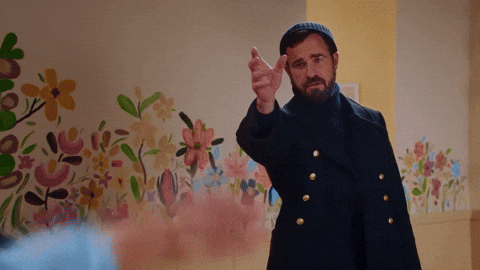

I help early-stage startup founders build brands that actually get traction. No fluff, just clear strategy and design that speaks to the right people.Want to find out if your brand is ready? 👉Take the quiz or Join the waitlist



